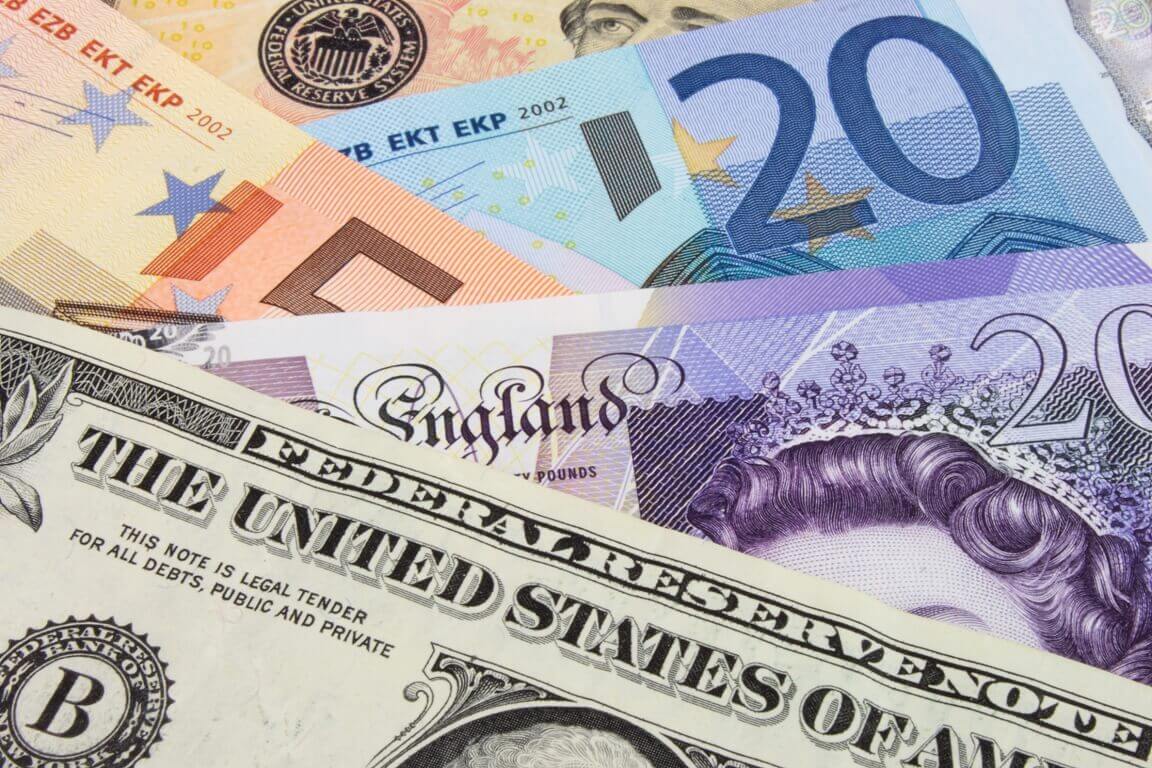The euro was steady on Wednesday, but it traded lower from a three-week high reached recently. The European Central Bank President Christine Lagarde dialed down bets for an aggressive interest rate increase in the market.
On the other hand, the U.S. dollar traded flat today. Investors now await the release of U.S. consumer price data. The latter may provide new clues on the Federal Reserve monetary tightening pace.
Last week, a more hawkish tone from both the Fed and the ECB caught forex markets off guard, sending yields soaring on the eurozone. Moreover, U.S. debt might rise faster and higher than traders previously expected amid rising bets rates.
On Monday, Lagarde announced that there was no need for extensive tightening. She added that the ECB was trying to temper growing expectations for aggressive action after she signaled for the first time last week that a rate hike in 2022 was a possibility.
The common currency edged up by 0.1% at $1.1425. It followed its gradual retreat from a high of $1.1483 on Friday, when it skyrocketed to its highest level since January 14.
How did the U.S. dollar fare?
On Wednesday, the dollar index changed insignificantly, dropping by 0.1% at 95.504 against the basket of six major peers. Before that, it bounced off a 2-1/2-week low of 95.136 reached Friday. The greenback hit the highest level since July 2020 at 97.441 at the end of last month.
Jens Nærvig Pedersen, the F.X. and rates Strategy chief analyst at Danske Bank, noted that they view this kind of move as short-term volatility, which may prove profitable if played well. He also recalled the ups and downs of the dollar and the common currency over the past two weeks. Pedersen expects the U.S. inflation data to support expectations of the Federal Reserve being hawkish. Moreover, the expectations for a rates hike will likely support the greenback’s rally over the coming quarters.
According to CME’s FedWatch Tool, currently, Forex markets are pricing in more than a 70% chance of a 25 basis point Federal Reserve’s hike, as well as an almost 30% chance for a 50 bps hike when policymakers meet in March.
ING strategists stated that U.S. CPI release on Thursday will help determine whether the agency starts off with a 25 bps move or 50 bps in March. Some economists predicted that U.S. data would show on Thursday that consumer prices jumped by 7.3% year-over-year in January.
What about the E.M. currencies?
The Thai baht soared along with several Asian currencies on Wednesday. Traders expected that its central bank would leave its policy rate unchanged while the U.S. Federal Reserve seems ready to begin raising interest rates. Despite such forecasts, the baht managed to gain.
The Bank of Thailand’s policymakers are meeting on Wednesday. Some analysts expect them to hold the one-day repurchase rate at a historic low of 0.50%. That will support the economy’s recovery from a coronavirus-led disruption.
The Thai central bank might find maintaining an accommodative monetary policy too binding as inflationary pressures build – stated Pipat Luengnaruemitchai, an analyst with Kiatnakin Phatra Securities. The baht gained for a second consecutive day, climbing by as much as 0.2%. The South Korean won and Indonesia’s rupiah also rallied on Wednesday.
What do the analysts think?
Mitul Kotecha, a senior strategist with T.D. Securities, noted that the U.S. dollar had lost some ground today, allowing Asian currencies to strengthen broadly. He also added that higher U.S. real yields would likely limit any greenback weakness. Nonetheless, Kotecha thinks that Asian currencies will remain relatively resilient compared to other E.M. and G10 currencies.
The benchmark U.S. Treasury yield on the 10-year note hit 1.97% on Wednesday, its highest level since November 7, 2019. At the same time, South Korean shares jumped by about 1%, boosted by a tech rally on Wall Street, which aided risk appetite.
Other Asian equities climbed, as well. Malaysia shares surged forward by 1.1%, leading to gains amongst Asian equities. Investors expect the new data to show that the country’s economy bounced back to growth in the final quarter of 2021.
Meanwhile, Thailand and Jakarta stocks soared by 0.9% and 0.6%, respectively, strengthening their currencies. India’s blue-chip NSE Nifty 50 index also rallied by 0.8% as traders in the country await the Reserve Bank of India’s monetary policy decision due Thursday.











